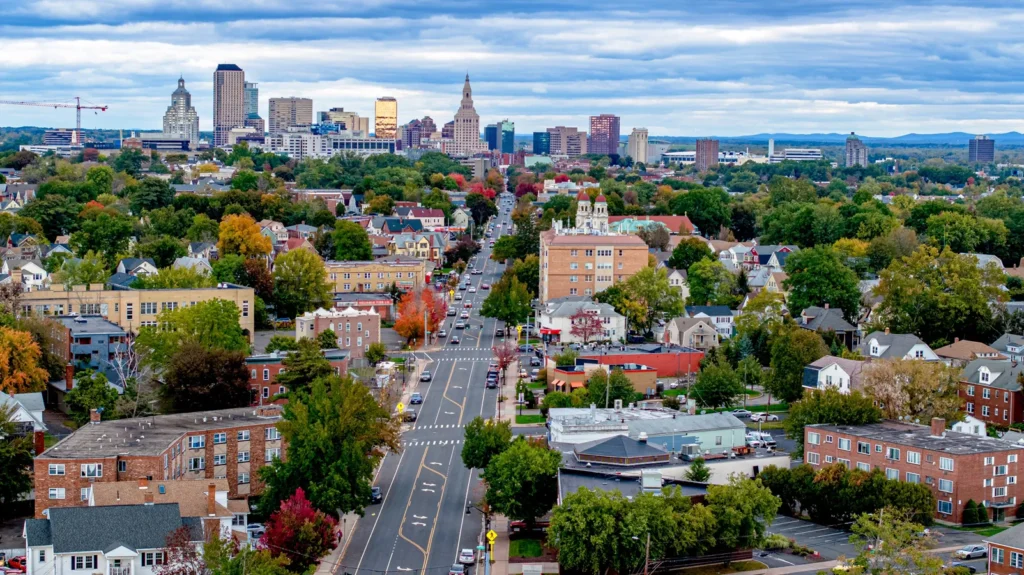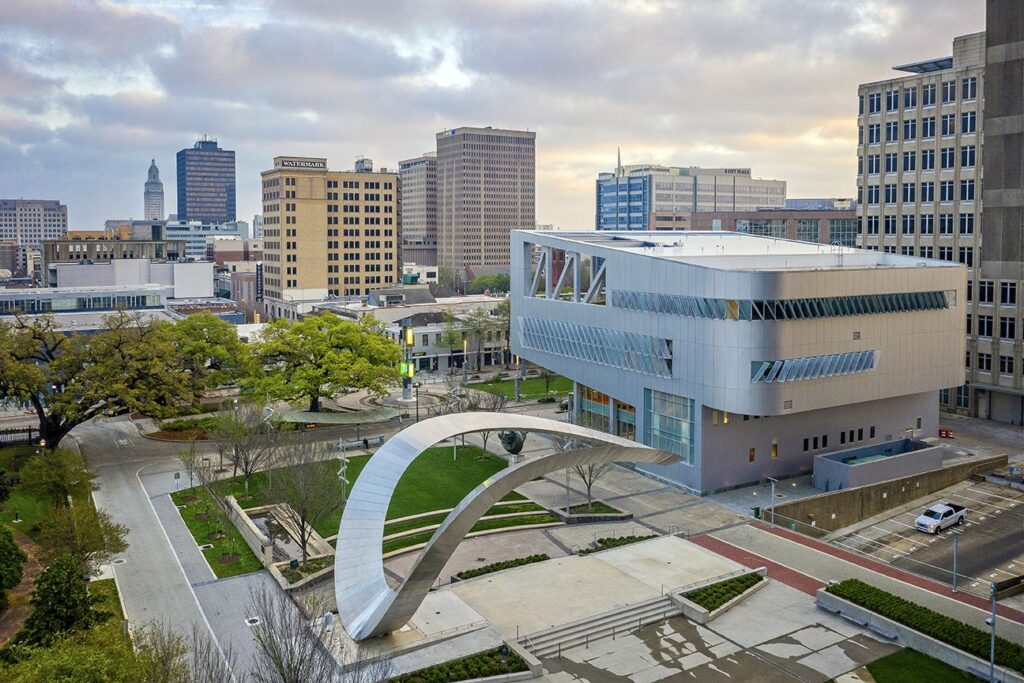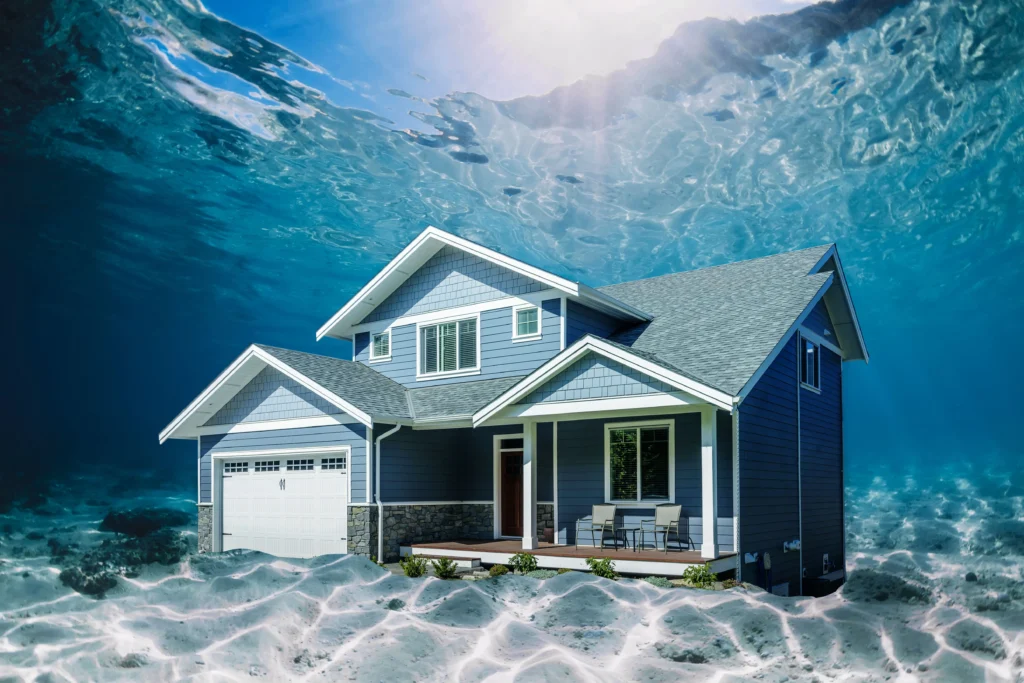According to the Q1 2025 U.S. Home Equity & Underwater Report published by ATTOM, roughly 46.2% of the nation’s mortgaged residential properties were deemed equity-rich in Q1, which means that the total estimated loan balances secured by those properties did not exceed half of their estimated market value.
“Home equity rates are near their highest points in recent years and the dip we’ve seen early this year in the proportion of equity-rich homes shouldn’t cause too much concern,” said Rob Barber, CEO for ATTOM. “In each of the two previous years, the first quarter marked the lowest point of the year before the proportion of equity-rich homes shot back up in the second quarter.”
After peaking at 49.2% in Q2 of last year, the percentage of equity-rich homes has decreased every quarter since falling from 47.7% in Q4 of 2024. Still, the rate is about double what it was in Q1 2020 and remains historically high.
In Q1 of 2025, the percentage of homes that are seriously underwater—that is, whose total estimated balance of loans secured by the property is at least 25% greater than its estimated market value—rose from 2.5% in Q4 of 2024 to 2.8%.
Increasing & Decreasing Trends in Equity-Rich Homes — U.S.
Most of the nation saw a decline in the percentage of homes with high equity. Between the fourth quarter of 2024 and the first quarter of 2025, the rate decreased in 47 states and the District of Columbia. As a reminder that this decline occurs in the midst of a historically robust housing market, it was still higher in 33 states and Washington, D.C., than it was at the same time last year.
The states with the largest annual increase in the proportion of equity rich homes were:
- Connecticut (up from 42.2% in Q1 of 2024 to 48% in Q1 of 2025)
- New York (up from 49.1% to 54.1%)
- New Jersey (up from 47.1% to 52.1%)
- Rhode Island (up from 55% to 59.8%)
- Kentucky (up from 28.7% to 33.3%)

Approximately 47 states had a quarterly decline in equity-rich rates, but most states saw annual increases.
The biggest annual decreases in equity-rich homes were in:
- Florida (down from 54.4% in Q1 of 2024 to 49.3% in Q1 of 2025)
- Utah (down from 54% to 50.7%)
- Arizona (down from 52.9% to 49.8%)
- Washington (down from 54.2% to 51.3%)
- Colorado (down from 48.4% to 45.8%
Underwater Mortgages Pose Challenges for U.S. Homeowners
Since early 2023, the percentage of mortgaged homes deemed substantially underwater has stayed constant at 2 to 3% nationally. The rate in Q1 of 2025 is less than half of the rate in Q1 of 2020 (6.6%), at 2.8 percent of residences.
Only 25 states and D.C. witnessed an increase in their underwater rates compared to the same period last year, despite the fact that the percentage of seriously underwater properties rose every quarter in 48 states and D.C.
The biggest YoY increases in seriously underwater rates were in:
- Kansas (up from 2.9% in Q1 of 2024 to 4.7% in Q1 of 2025)
- Utah (up from 2.1% to 2.6%)
- South Carolina (up from 3.3% to 3.8%)
- Nebraska (up from 3.7% to 4.1%)
- South Dakota (up from 3% to 3.4%)

The states with the largest YoY drops in seriously underwater rates were:
- Wyoming (down from 8.8% in Q1 of 2024 to 2.5% in Q1 of 2025)
- West Virginia (down from 5.4% to 4.2%)
- Kentucky (down from 8.3% to 7.3%)
- Louisiana (down from 11.3% to 10.5%)
- Oklahoma (down from 6.1% to 5.5%)
Which Regions Boast the Highest Equity-Rich Homeowner Rates?
In Q1 of 2025, the Northeast had six of the 10 states with the largest percentage of mortgaged properties deemed equity-rich, with the remaining four states in the West.
The states with the highest equity-rich rates were:
- Vermont (85.8%)
- New Hampshire (60.5%)
- Rhode Island (59.8%)
- Montana (59.4%)
- Maine (58.9%)
The states with the lowest equity-rich rates were:
- Louisiana (20.3%)
- Maryland (31.4%)
- Illinois (31.5%)
- Alaska (31.7%)
- North Dakota (31.9%)

Equity-Rich ZIPs & Counties Lead the Way
Thirteen of the fifteen counties with the highest equity-rich rates were in Michigan, Wisconsin, or Vermont, out of the 1,751 counties with at least 2,500 mortgaged properties in Q1 of 2025.
Chittenden County, VT (91.3%), Marquette County, MI (89.8%), Benzie County, MI (88.7%), Portage County, WI (88.6%), and Manistee County, MI (88%) had the highest equity rich rates.
The South had the lowest percentages of equity-rich properties; Louisiana accounted for nine of the 15 counties with the lowest percentage of equity-rich homes. Vernon, LA (6.3%), Iberville County, LA (8.3%), Long County, GA (9.8%), Ascension County, LA (9.9%), and Acadia County, LA (10.9%) had the lowest percentages.
The largest percentage of seriously underwater properties is found in the Midwest and South.
The South and Midwest accounted for 18 of the 20 states with the largest proportion of properties that were seriously submerged. Louisiana (10.5%), Kentucky (7.3%), Mississippi (6.6%), Arkansas (5.8%), and Iowa (5.7%) had the highest percentages of residences that were seriously underwater.
Vermont (0.7%), Rhode Island (1%), New Hampshire (1.1%), Massachusetts (1.2%), and Hawaii (1.3%) had the lowest percentage of homes that were substantially underwater.
Of the 9,144 ZIP codes with at least 2,000 mortgaged homes in Q1 of 2025, 3,418 (37%) had more than half of all mortgaged properties classified as equity rich. Overall, California accounted for over half of the 50 ZIP codes with the greatest percentages of equity-rich properties.

The ZIP codes with the highest equity-rich rates were:
- 49855 in Marquette, MI (91.66%)
- 92657 in Newport Coast, CA (85.75%)
- 57702 in Rapid City, SD (85.64%)
- 94024 in Los Altos, CA (84.80%)
- 92620 in Irvine, CA (84.51%)
Of the 9,144 metro areas with at least 2,000 homes in Q1 of 2025, some 218 (2.4%) had more than a tenth of homes substantially underwater.
The ZIP codes with the largest shares of seriously underwater homes were:
- 41501 in Pikeville, KY (31.1%)
- 70805 in Baton Rouge, LA (31%)
- 19132 in Philadelphia (30%)
- 71446 in Leesville, LA (27.64%)
- 60649 in Chicago (26.24%)
In 99 of the 110 major markets, the percentage of residences with high equity fell from quarter-over-quarter (90%). It dropped in 56 of those 110 markets (51%) from the same period last year. In conclusion, many Americans with underwater mortgages may be forced into foreclosure in 2025.
To read more, click here.








